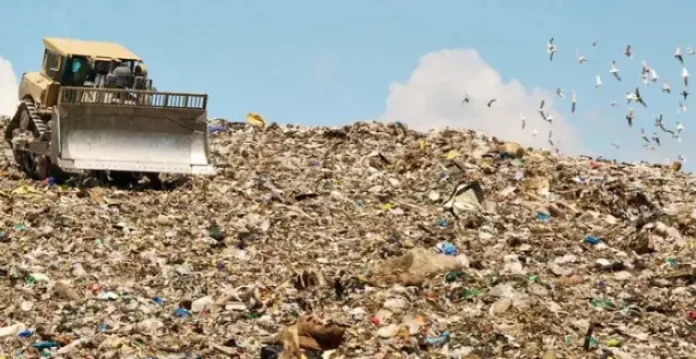Following the commissioning of South India’s largest Waste to Energy (WTE) plant at Jawaharnagar in 2021, the State government is now aiming to generate 100 MWs of energy from waste in the near future and to top the list in the country.
The 19.8 MW Jawaharnagar plant was commissioned in 2021 and was later upgraded to a 24 MW plant. It uses approximately 1300 to 1500 metric tonnes of waste per day.
As of January of this year, the plant had processed 6.35 lakh tonnes of waste and generated 225 MW of electricity. This plant has now been expanded to its full capacity of 48 MW and is utilising approximately 2,500 MT to 3,000 MT of waste per day.
In addition, another 14.5 MW plant with a waste-consumption capacity of 1000 to 1200 MT is being set up in Dundigal.
This plant has the potential to relieve landfill pressure, reduce foul odours in the area, and prevent ground, soil, and water pollution. It is expected to begin operations in 18 months.
Furthermore, a 15 MW plant on 150 acres of government land in Pyaranagar, Sangareddy district, an 11 MW plant in Bibi Nagar, and a 14 MW plant in Yacharam are proposed.
The proposed Pyaranagar plant aims to reduce transportation costs as well by providing in situ storage and treatment options for processing the waste.
The plant could consume 800 to 1000 MTs of waste per day, collected from the northern parts of the city.
According to a senior MAUD official, once all of the above plants are operational, Telangana will have an installed capacity of 100 MW.
The State government has already begun bio-mining in nine clusters to ensure effective waste management practises in the districts. Waste to Energy plants are being proposed in the Warangal and Karimnagar clusters. The clusters’ Refuse Derived Fuel (RDF) would be used to generate electricity at the proposed energy plants.
RDF is made from combustible municipal solid waste components. It is typically transported from processing sites, dried, and baled before being burned to generate electricity.
(This story has been sourced from a third-party syndicated feed, agencies. Raavi Media accepts no responsibility or liability for the text’s dependability, trustworthiness, reliability, and data. Raavi Media management/ythisnews.com reserves the sole right to alter, delete or remove (without notice) the content at its absolute discretion for any reason whatsoever.)







